The は (Wa) Particle
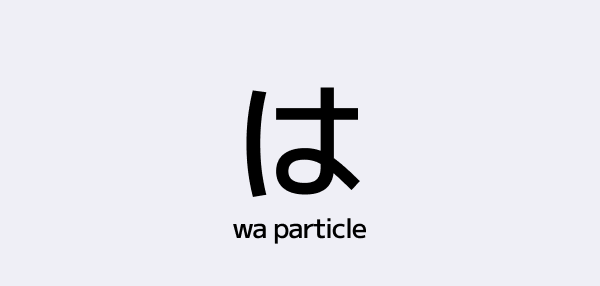
Japanese particles are small but essential words that define sentence structure and meaning. Among them, the particle "は" (wa) is one of the most fundamental, serving as a topic marker that frames discussions.
Many learners struggle with "は" vs. "が," its correct placement, and its role in contrast and emphasis. This guide will provide clear explanations, practical examples, and common mistakes to avoid, ensuring you fully grasp how to use "は" in Japanese.
1. Understanding the Particle "は"
Definition and Pronunciation
- "は" is pronounced "wa" when used as a particle (not "ha").
- It is primarily used to mark the topic of a sentence, setting the stage for what follows.
Example:
これはわたしの本です。 Kore wa watashi no hon desu. (This is my book.)
2. The Role of "は" as a Topic Marker
The topic is what the sentence is "about," providing context. The rest of the sentence provides new information about the topic.
Example:
日本は、たべものがおいしいです。 Nihon wa, tabemono ga oishii desu. (Japan has delicious food.)
In this sentence, "Japan" is the topic, and the comment is that the food is delicious.
3. Distinguishing Between "は" and "が"
One of the biggest hurdles for learners is the difference between "は" and "が."
- "は" introduces the topic (broad/general).
- "が" introduces the subject (specific focus).
Example Comparison:
私は、にくが好きです。 (Watashi wa, niku ga suki desu.) (As for me, I like meat.)
私が、これを作りました。 (Watashi ga, kore o tsukurimashita.) (I made this.)
The first sentence highlights "me" as a topic, while the second sentence focuses on "I" as the doer of the action.
4. Practical Applications of "は"
Using "は" in Negative Sentences
"は" is commonly used to contrast positive and negative statements.
Example:
これはたべません。 (Kore wa tabemasen.) (This is something I won’t eat.)
Using "は" for Emphasis and Contrast
"は" can stress differences between subjects.
Example:
日本は雨が多い。 (Nihon wa ame ga ooi.) (Japan, has a lot of rain.)
あめりかは雨が少ない。 (Amerika wa ame ga sukunai.) (America, has little rain.)
5. Common Mistakes and How to Avoid Them
Mistake 1: Overusing "は" in Every Sentence
他の単語や文脈では "が" の方が適切なこともあります。 (Other words and contexts may require "が" instead.)
Example:
主語がはっきりしている場合は、"が" を使うほうが自然です。 (For clear subjects, using "が" is more natural.)
6. Advanced Usage of "は"
Formal vs. Casual Japanese
- In formal writing, "は" is more prevalent.
- In spoken Japanese, subjects are often omitted.
Example:
A: どうしたの? (Doushita no?)
B:あのさ...このご飯を置いたんだけど...
(Ano sa... kono gohan wo oita n da kedo...)
(Hey... I placed this rice down, but...)
7. Cultural Insights
The Significance of Topic Marking in Japanese Communication
Japanese often relies on context, where "は" helps listeners follow the flow of a conversation.
Conclusion
By now, you should understand how "は" functions as a topic marker, its differences from "が," and its role in negative sentences, emphasis, and contrast. Keep practicing to master these nuances and speak natural, fluent Japanese!
FAQs
Q: When should I use "は" instead of "が"?
A: Use "は" when introducing a topic and "が" when specifying a subject.
Q: Can "は" be omitted in spoken Japanese?
A: Yes! Many sentences in conversation drop "は" if the context is clear.
Q: Does "は" have multiple meanings?
A: Yes! Though mainly a topic marker, it can indicate contrast in some cases.
Happy studying!
Related Grammar
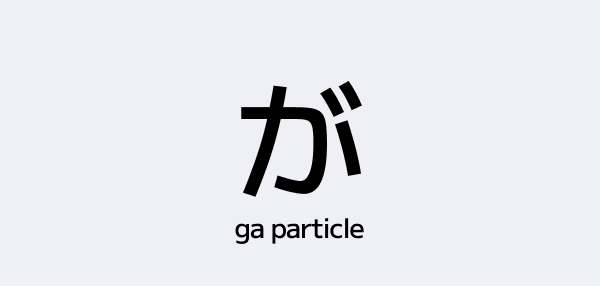 F Rank
F RankThe が (Ga) Particle
Discover how the Japanese particle が works as a subject marker, how it differs from は, and how it adds nuance, emphasis, and clarity in both casual and formal contexts.
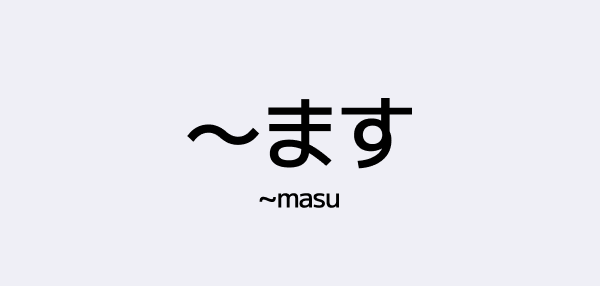 F Rank
F Rank~ます (Masu) in Japanese Grammar
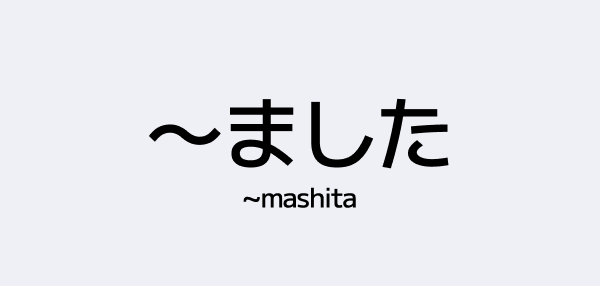 F Rank
F Rank~ました (Polite Past Form)
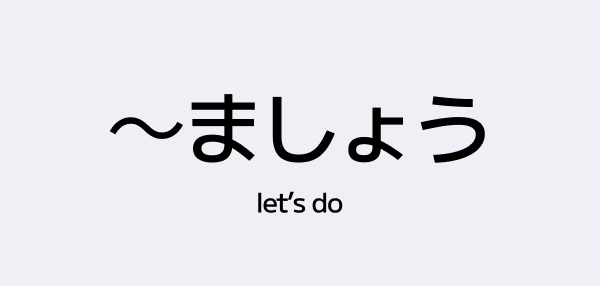 F Rank
F Rank~ましょう – How to Say “Let’s Do” in Japanese
